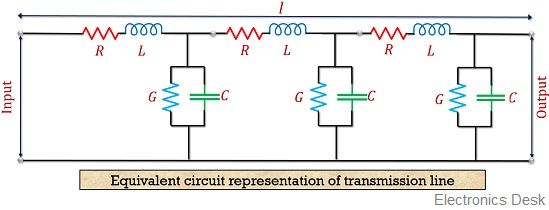
Thus, the majority of transmission lines carrying power around the world are of the AC type. Typical utility-scale power plants generate alternating current (AC) electricity, and most electrical loads run on AC power. Once installed, HVDC transmission systems are an integral part of the electrical power system, improving stability, reliability, and transmission capacity. However, cost is an important variable in the equation. For example, it allows more efficient bulk power transfer over long distances. The authoritative record of NPR’s programming is the audio record.High-voltage direct current (HVDC) technology offers several advantages compared to alternating current transmission systems. This text may not be in its final form and may be updated or revised in the future. NPR transcripts are created on a rush deadline by an NPR contractor.

Visit our website terms of use and permissions pages at for further information. For NPR News, I'm Rachel McDevitt in Harrisburg.Ĭopyright © 2021 NPR. The next challenge would be figuring out where to put them. MCDEVITT: There'd be another boost if Democrats push through their budget reconciliation plan - a 30% tax credit for building new transmission lines. And maybe it gets us going, and maybe we get some momentum out of it. GRAMLICH: Maybe those bills do 10% of the job. It also offers billions of dollars for energy infrastructure, including new power line construction. It and other measures could give federal regulators more authority over where to put power lines. MCDEVITT: The infrastructure bill in Congress aims to smooth these problems. ROB GRAMLICH: If they can just say, hell, no, my state doesn't like it or benefit from it, even if half the country does benefit from it - you know, currently, the process ends there. MCDEVITT: Rob Gramlich of Grid Strategies says that makes it hard to launch long-term projects that can help create a carbon-free energy network by mid-century. The lights are on in your house, so it must be working. And at this very minute, maybe they don't. But Kroposki says, right now, local regulators don't have to consider climate goals, just whether the people they serve need it. That will take more really large transmission lines to, for example, move power from a wind farm on the Great Plains to cities on the East Coast. They'll need more lanes to carry clean electricity to do things like heat homes and charge electric cars. He says transmission lines are like highways for electricity. MCDEVITT: Ben Kroposki is with the National Renewable Energy Lab in Colorado.

This gets at another major challenge to expanding the country's energy infrastructure.īEN KROPOSKI: You have many, many policy barriers all the way from states to local counties to the utilities. Then, this year, Pennsylvania's utility regulator denied the project, saying there was no need for it and that it offered little benefit to Pennsylvanians. MCDEVITT: Shaw joined a group of landowners to fight the line. And you know what? No matter how you dress up a power line, it's never going to be beautiful. SHAW: And they don't just come here because we have great food - which we do - but they come here because it's beautiful. His orchards increasingly rely on customers who come to pick their own fruit. MCDEVITT: So he was alarmed a few years ago when a company called Transource wanted to build a new transmission line through his property. Nearby, fourth-generation farmer Barron Shaw is looking out over his orchard of squat apple trees.īARRON SHAW: My family ancestors built this house on the hill here in 1862 during the Civil War, so we have quite deep roots in the land here. MCDEVITT: But more transmission is crucial to help carry more wind and solar energy that is usually generated far from where most people live.

NOCK: The wind and the solar is the sexy part, and the transmission is kind of like that third cousin you brought to the party because you didn't want them - you don't want to feel bad about leaving them out. MCDEVITT: Destenie Nock at Carnegie Mellon University gets why people don't want these things running through their backyards. These are giant metal towers strung with high-voltage wires that can carry electricity long distances.ĭESTENIE NOCK: They're not the sexy part of energy transition. MCDEVITT: These aren't the wooden telephone poles that connect to your home. RACHEL MCDEVITT, BYLINE: This is what it sounds like underneath an electric transmission line in Pennsylvania's York County. Rachel McDevitt of StateImpact Pennsylvania explains. That's something the infrastructure bill in Congress aims to change. Those can be controversial and hard to get approved. to clean electricity will require a lot more major transmission lines.


 0 kommentar(er)
0 kommentar(er)
